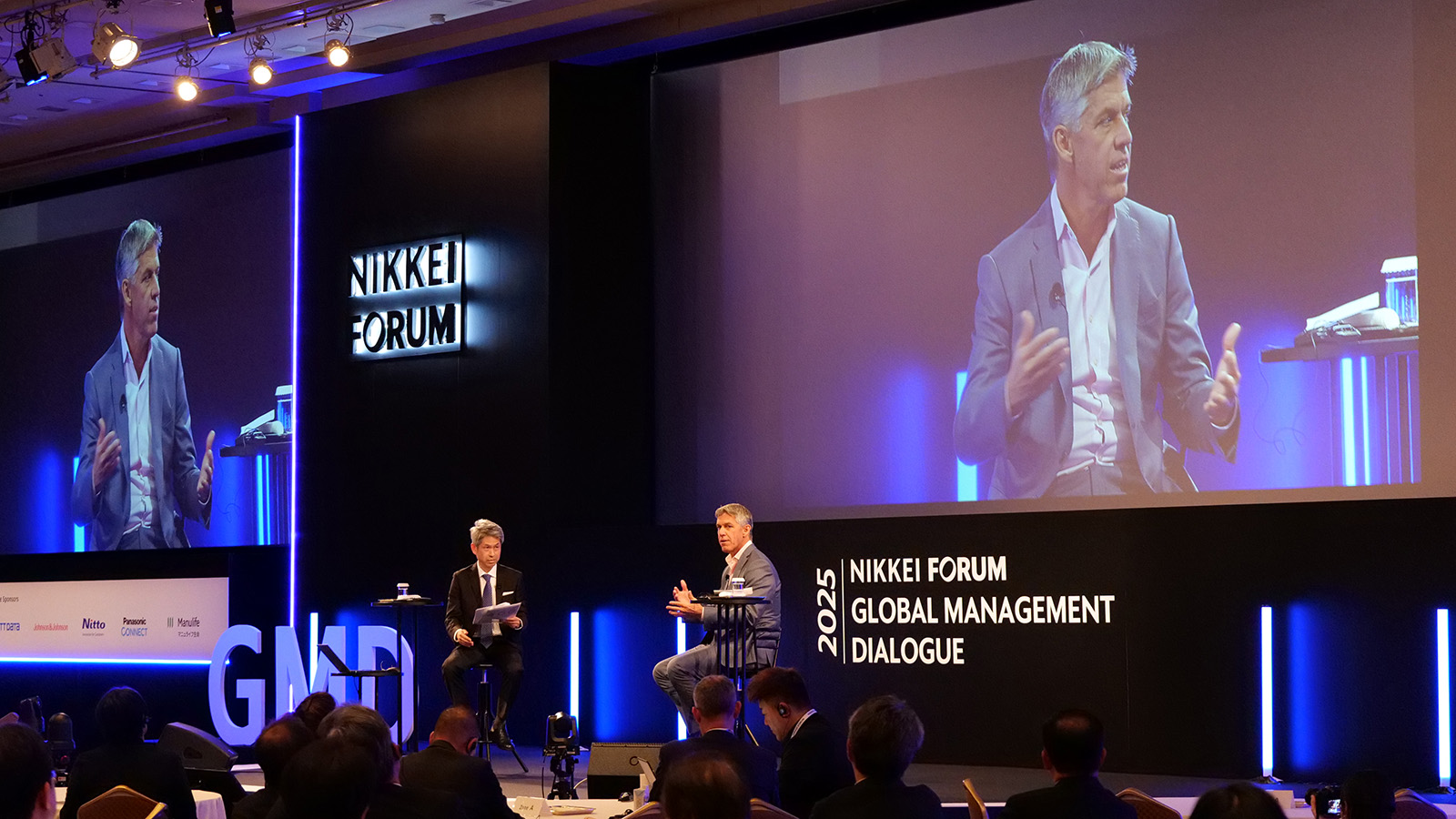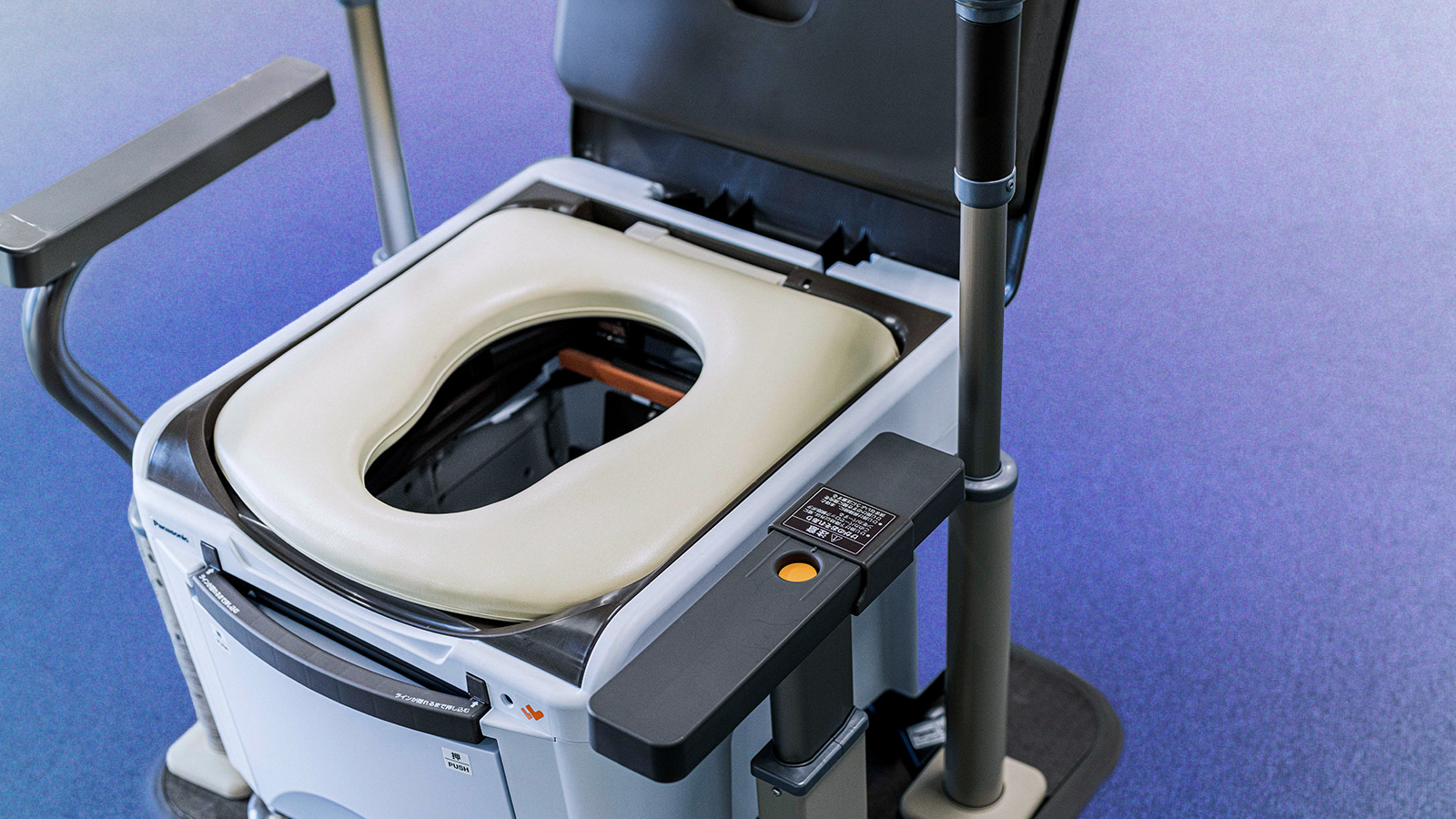
HD-PLC offers high performance, cost savings and connectivity benefits for billions who rely on IoT devices and services.
From mobile phones to home appliances, many of the devices in our homes are connected to the internet or to each other and can be considered part of the internet of things (IoT). The speed at which information is transmitted will only become greater as 5G becomes more widely adopted. Although advancements in device and networking technologies have brought many benefits, challenges remain in building the supporting infrastructure that can address issues such as security, attenuation, crosstalk and interference.
There are two types of devices we use in our homes: portable and fixed. A wireless network is indispensable for portable devices such as mobile phones and laptops because most of us want to be able to use them while moving around. However, for stationary devices such as refrigerators, ovens, and air-conditioning, secure and reliable connectivity is essential.
Panasonic is collaborating on a solution that has the potential to resolve critical performance challenges while delivering reliable connectivity to both mobile and stationary devices.
What is PLC?
Power Line Communication (PLC) is the communication technology which uses existing public and private power lines for the transmission of data. Because digital data moves at relatively high wavelengths while electricity travels at relatively low wavelengths, cables can carry both signals without interference. Modules are used to separate the streams at either end of the network.
What can PLC offer?
Compared to wireless networks, PLC offers better coverage and network stability. Relying on a wireless connection in a closed space can be a real challenge for users who require a robust network. PLC can provide stable connection with less attenuation, reflection and crosstalk even in environments where users encounter obstacles to connectivity--such as metal enclosures, tunnels, reinforced concrete structures, and underground facilities.
Another challenge has to do with the distance a signal must travel. PLC supports multi-hop relaying that enables long distance communication of up to 2km--which can be useful in office buildings and smart cities.
PLC is also easy to deploy, economical and environmentally friendly. Panasonic's PLC solution has been installed on the smart streetlights in Heringsdorf, Northern Germany. As PLC uses existing wires (metal cables), the deployment required no specialized construction. PLC's significantly lower power consumption relative to wireless communication helps reduce CO2 emissions. Reduced need for energy and cable materials also translates to reduced costs.
Another advantage of PLC is that since information is conveyed on physical lines, the risk of information leakage and intrusion is reduced. Wireless communication has multiple access points that hackers could break into and access remotely. However, PLC has only one physical access point--the cable--making it more secure. PLC has already been deployed in some industrial plants in Japan where security issues could cause severe incidents.
Where is PLC positioned in the range of communications technology?
Panasonic's proprietary High Definition Power Line Communication (HD-PLC) is a variety of PLC technology that uses various kinds of existing cables to transfer digital data. HD-PLC can be scaled for consumer use--a single adapter plugged into a regular power outlet providing both the power to operate a home computer and the data network that the user can access - but also supports large-scale applications for business--including building automation and smart manufacturing.
What will the future look like for IoT-PLC?
The world of interconnected devices, applications and services continues to expand together with demand for easy to deploy, cost-effective, robust and secure networks.
In January 2021, Panasonic Corporation began licensing the HD-PLC™ 4 IP core required for the design of semiconductors with technologies and functions that comply with the IEEE 1901-2020 international standard. The fourth generation of the HD-PLC series, this new core enables transmission through most cable types, delivers higher speeds, covers greater distances, and reduces installation and maintenance costs.
The new standard opens the door to new applications of HD-PLC architecture--a 21st century technology for the IoT/5G era. Panasonic will continue to create a comfortable life through stable, reliable and secure connectivity.
# # #
Disclaimer:
We would like to note that Panasonic Newsroom is not a place to address personal Customer Service issues. Even though this is not the forum, Panasonic is always eager to resolve your concerns. Our local customer services contacts can be found at Global Support or you can see our list of Social Media Accounts to find the right channel for your queries and concerns.
Related News
- Global Webinar "New Opportunities in Network Ready Society" Held to Create Network for IoT Era (May 12, 2021)
- [Press Release] Licensing IP Core for Semiconductors Complying with the IEEE 1901-2020 International Standard (Mar 16, 2021)
- [Press Release] Panasonic's Next-generation HD-PLC(R), BPL Communication Technology Adopted as IEEE 1901a Standard (Mar 25, 2019)









